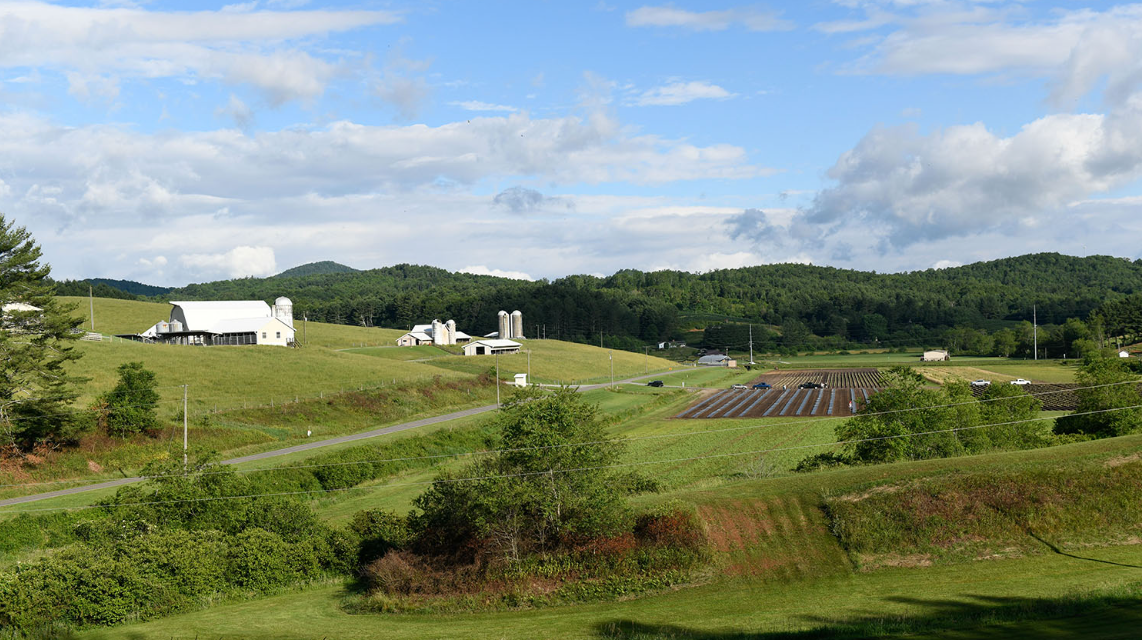Situated at high elevation in the Italian Dolomites, this research facility required specialized design to survive alpine exposure, snow load, and limited construction accessibility. The station was built to support small scientific teams working year-round in extreme conditions. Location, speed, and safety were paramount.
We employed a prefabricated panel system with a high-insulation envelope, mounted on an avalanche-resistant foundation platform. Due to the terrain, traditional transport was impossible, and materials were flown in by helicopter in coordinated drops over a 6-week schedule. Local stone was used to stabilize access paths, and structural anchors were drilled into bedrock.
The building’s energy system includes solar generation, battery storage, and a small wind turbine integrated with a smart management module. Internal spaces were compact but multi-functional: laboratories, bunks, storage, and mechanical rooms all arranged for maximum space utility.
The structure was erected in just 6 months, including ground prep and installation. It stands today as a reliable outpost for climate and terrain research—resilient, autonomous, and built to last in one of the harshest environments in Europe.
